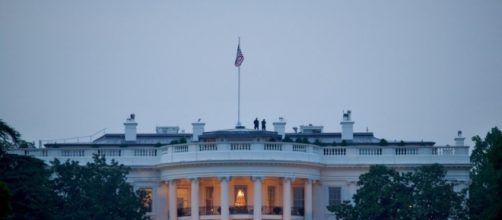President Donald Trump announced that effective immediately the White House will be reopened for its public Tours. These tours are self-guided, last approximately 45 minutes, and are available Tuesday through Saturday throughout varying morning hours. All tours must be arranged through a member of Congress and are scheduled on a first-come, first-served basis. White House public tours were halted since Trump's inauguration; however, public demand continued to escalate as interest in the Presidential home is oblivious to the political party of the POTUS.
Why the delay?
White House public tours have been paused in the past. Lack of budget, renovations, presidential assassination, war, and the aftermath of 9/11 were all reasons and causes of previous dispensations of the popular tours. The current temporary shutdown, however, was due to something altogether new and different - lack of appropriate White House Visitors Office staff. It was until mid-February that Ms. Lindsay Reynolds was tapped as the assistant to the President and chief of staff to First Lady Melania Trump. Once in place, Reynolds, in her new capacity, had the ability to oversee the staff tasked with scheduling public tours.
Why the importance?
White House public tours are not only a mainstay and traditional activity for those who visit the Washington, D.C.
area, they are also a means to curry favor with the voting community. The tie between the tours themselves and the pathway for the request going through a Congressional member sets up a mechanism for senators and representatives to appease their constituents. Congress may not be able to immediately solve the health care crisis, fix all immigration issues, complete federal tax reform, or eliminate economic woes, but they can arrange a White House tour quickly and successfully for their voting public.
Thus, the need to reopen public tours, an activity that may have been low on the list of Presidential priorities addressed by the POTUS during his race to the White House, became a quiet, yet forceful point of contention. Until today.

